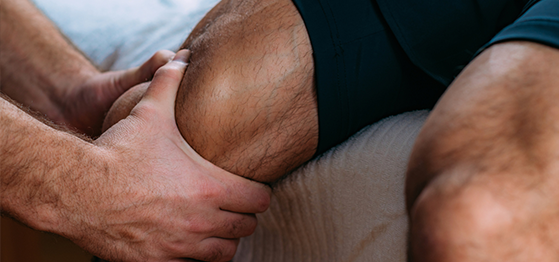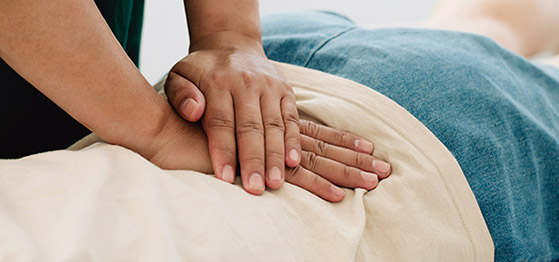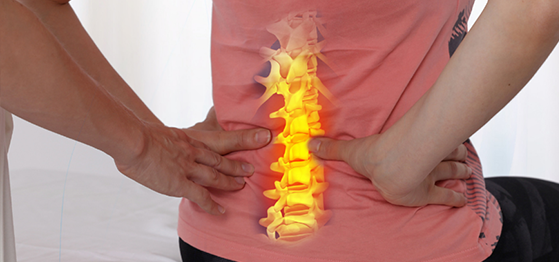Healthy Pregnancy & Beyond
When you become pregnant your body goes through some monumental changes, not least that you have a little person growing inside of you!
It can be daunting, knowing what is normal and part of pregnancy and what is not. We have a provided a simple guide below as to why and how your body is changing, which might help put your mind at ease so that you can fully enjoy the next nine or so months!
The Pelvic Floor and Continence
Every woman knows how important pelvic floor exercises are particularly during pregnancy. Without going into too much anatomical detail, your pelvic floor is divided into 3 layers and can be visualised as a ‘hammock or sling of muscles’.
The main role of the pelvic floor is to maintain continence, prevent prolapse and sexual function. When you become pregnant the effects of relaxin (the hormone that causes soft tissues and joints to become more lax) also effects the pelvic floor, which makes exercises even more important!
As women (and men should too), we’re all too aware of the risk of incontinence when we get older. However, there are other risk factors for incontinence post-delivery, such as first vaginal delivery and birth weight over 4kg. Therefore, if your pelvic floor is weak before you get pregnant, you run the risk of developing urinary incontinence postnatally.
We advise our pregnant clients to do these simple exercises at least 3 times per day. In terms of number of repetitions, aim for approximately 10 maximal reps holding each for 10 seconds; 10 sub-maximal (approximately 30-50% effort) holding for 10 seconds and then 10 quick, fast contractions. If like most women you forget to do it, then try to associate it with something, e.g. every time you have a drink or look at your phone. There are even apps like Squeezy, which is an NHS Physio app that can help you keep on track.
Do pelvic floor exercises 3x daily:
– 10 maximal effort repetitions; hold each for 10 seconds
– 10 sub-maximal (30-50% effort); hold for 10 seconds
– 10 quick fast contractions
Click here to download our patient information leaflets on Pelvic Floor and Incontinence.
Sleep and Positioning – Left is Best
Sleep and positioning in bed is always a contentious issue! Most pregnant women report at some point in pregnancy, that they are not able to get comfortable. They are often told they shouldn’t lie flat (supine) and should lie on their left side, but they very rarely know why.
Basically, as the foetus grows it can compress the aorta and vena cava (two of the main arteries in the heart) which can restrict blood flow and have the effect of making you feel faint or dizzy. This mostly happens in the 3rd trimester but can occur any time from four months. The advice is to not do any exercises in a supine position from the 4th month of pregnancy. However, short periods of time are fine if you feel well. Furthermore, left side lying is thought to optimise blood flow!
Pelvic or Lower Back Pain – There’s Time to Prevent and Cure
A lot of ladies experience new onsets or worsening episodes of low back pain (LBP). It has been suggested that up to 76% of women reported LBP at some point during their pregnancy.
There are many reasons why this might be:
* Altered posture
* Change in the position of your pelvis, which can cause more pressure to go through the lumbar facet joints (joints in the lower part of the spine) and discs
* Lengthened abdominal muscles, which causes a reduction in stability
There are many forms of treatment to help alleviate low back pain, some of which include:
* Core stability exercises
* Maternity support belts
* Postural re-education
However, if you’re struggling it would be worthwhile speaking to your midwife or seeking help from our Women’s Health Physiotherapist (Toosie Bawden) in order to reduce the risk of having back pain postnatally.
Exercise & Fitness – Stay Fit, Hip & Healthy
Don’t start anything new, particularly high impact activities such as running. If, however you are considered low risk and were doing regular exercise before pregnancy, then the recommendation is to exercise 30 minutes or more at moderate intensity i.e. you should be able to hold a conversation.
Exercise is so important during pregnancy, as it:
* Maintains fitness and stability
* Can prevent or reduce back and pelvic pain
* Prepares you for labour
* Facilitates a quicker postnatal recovery.
Just think, if you signed up for a marathon you would put in the training, otherwise you run the risk of injury and are likely to have a much longer recovery time. It’s the same for your pregnancy, labour and delivery so make sure you stay fit, hip and healthy!
Click here to download patient information on:
– Exercise in Pregnancy
– Better Bumps – Ante natal guidance
– Better After Bump – Post natal guidance
– Incontinence
Remember don’t suffer in silence and if you are worried then contact your midwife, Doctor, physiotherapist or healthcare professional.
For further information on the conditions we treat and services we offer, or to book an appointment please call 020 8947 2053, email: admin@physiosw19.co.uk or complete the form here.









